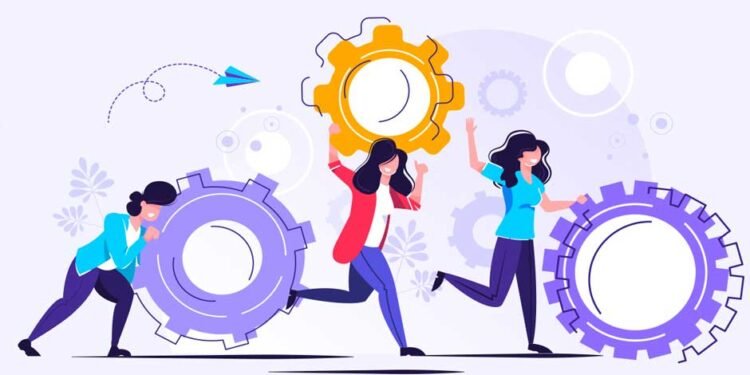In today’s rapidly evolving digital landscape, continuous learning isn’t just a benefit but a necessity for both employees and organizations. As technology advances and the nature of work shifts, continuous learning ensures that skills remain relevant and that businesses can adapt to new challenges and opportunities. This article explores the critical role of continuous learning in a digital workplace and how it can drive organizational success.
What is Continuous Learning and Why is it Important?
Continuous learning is an ongoing process where you and your employees acquire new skills, knowledge, and competencies. Unlike traditional education, which often ends after a formal degree, continuous learning is a lifelong endeavor. It involves various forms of education, including formal training, online courses, self-study, and experiential learning.
The digital age has brought about rapid changes in technology, business models, and industry standards. To keep up with these changes, continuous learning is essential. It enables employees to stay current with new tools and methodologies, enhances their problem-solving capabilities, and prepares them for future roles and responsibilities.
The Benefits of Continuous Learning in a Digital Workplace
- Enhancing Employee Skills and Knowledge
One benefit of continuous learning is the enhancement of employee skills and knowledge. As new technologies emerge, employees must learn to use them effectively. Continuous learning provides the training needed to master new tools, software, and processes, ensuring that employees can perform their roles efficiently and effectively.
- Driving Innovation and Creativity
Continuous learning creates and fosters a culture of innovation and creativity. When your employees are encouraged to learn and experiment with new ideas, they’re more likely to develop innovative solutions to business challenges. This important culture of innovation can lead to improved products, services, and processes, giving organizations a competitive edge.
- Increasing Employee Engagement and Retention
Investing in continuous learning demonstrates a commitment to employee growth and development. This investment can significantly increase employee engagement and satisfaction, as employees feel valued in their career development. Engaged employees are more likely to stay with the organization, reducing turnover and the associated costs of hiring and training new staff. Ensuring your employees have the right tools to use is also important; companies like Claromentis offer digital integrated business solutions.
Implementing Continuous Learning in a Digital Workplace
- Creating a Learning Culture
Building a culture that values continuous learning is essential. Leaders should promote the importance of lifelong learning and encourage employees to pursue new skills and knowledge. This can be achieved through regular communication, setting learning goals, and providing opportunities for development.
- Leveraging Technology for Learning
Technology plays a vital role in continuous learning. Organizations should leverage digital learning platforms, such as Learning Management Systems (LMS), online courses, and e-learning modules. These tools provide flexible and accessible learning opportunities, allowing employees to learn on their own schedule.
- Recognizing and Rewarding Learning Achievements
Recognizing and rewarding employees for their learning achievements can motivate continued growth. Implementing recognition programs, such as certifications, badges, and awards, can acknowledge the efforts and accomplishments of employees. Additionally, linking learning achievements to career advancement opportunities can further incentivize continuous learning.
- Providing Diverse Learning Opportunities
Offering a variety of learning opportunities caters to different learning styles and preferences. This can include:
- Online Courses and Webinars:Structured courses and live sessions on various topics.
- Microlearning:Short, focused modules that are typically quick to complete.
- Peer Learning and Mentorship:Encouraging knowledge sharing and mentorship within the organization.
- Workshops and Conferences:Opportunities for hands-on learning and networking.
Conclusion
Continuous learning is a cornerstone of success in the digital workplace. It enhances employee skills, drives innovation, increases engagement and retention, and improves organizational adaptability and resilience.
By fostering a culture of continuous learning, leveraging technology, providing diverse learning opportunities, and recognizing achievements, organizations can create an environment where employees thrive, and the business prospers. In the fast-paced digital age, continuous learning isn’t just an option—it’s a necessity for sustained growth and competitiveness.












